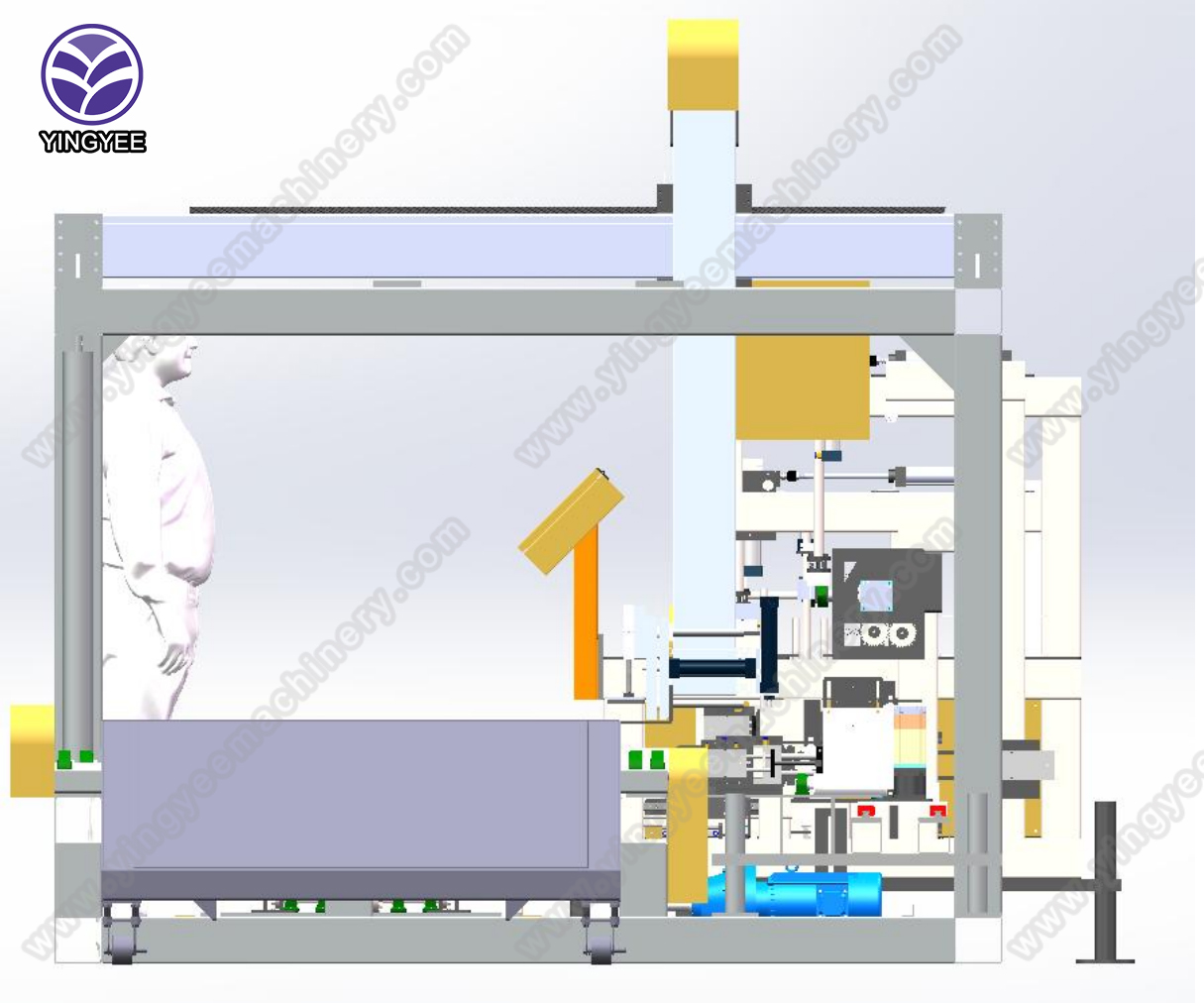
The Corrugated Sheet Roof Roll Forming Line An Overview
Corrugated sheet roofing has become increasingly popular in the construction and manufacturing industry due to its numerous advantages, such as durability, lightweight design, aesthetic appeal, and cost-effectiveness. Central to the production of these corrugated sheets is the corrugated sheet roof roll forming line, a specialized machinery setup that enhances efficiency and quality in manufacturing.
What is a Roll Forming Line?
A roll forming line is a collection of machines designed to form flat metal sheets into specific shapes through a continuous bending operation. In the case of corrugated sheets, the roll forming line processes triangular and wave-like profiles that provide structural strength and resistance to environmental elements. The process involves feeding a flat metal sheet, usually made of galvanized steel or aluminum, through a series of rollers that shape the material into the desired corrugated profile.
Components of a Corrugated Sheet Roof Roll Forming Line
A typical corrugated sheet roof roll forming line consists of several key components
1. Feeding System This is the initial stage where flat sheets are fed into the machine. Hydraulic devices often assist in controlling the speed and tension of the feed, ensuring a smooth operation.
2. Roller Stations The heart of the roll forming line consists of multiple roller stations, each designed to bend and shape the metal incrementally. Typically, the number of rollers can range from 10 to over 20, depending on the final profile's complexity.
3. Cutting Mechanism Once the desired corrugated shape is achieved, the sheet is cut to length using a cutting mechanism. This could be a pneumatic shear or a hydraulic cutter, designed to deliver precise cuts for consistency.
4. Stacker After cutting, the finished corrugated sheets may be stacked automatically onto pallets for easy transportation or further processing. Some advanced models feature robotic stackers to enhance efficiency.
5. Control System Modern roll forming lines are equipped with advanced control systems that monitor operations in real-time, optimizing the process and ensuring quality beyond manual controls.
Advantages of Using a Roll Forming Line
The use of a specialized roll forming line for corrugated sheets offers several advantages
- High Production Efficiency Roll forming is a continuous process, enabling high output rates
. This makes it suitable for large-scale production.
- Consistent Product Quality The precision of automated systems minimizes human errors, ensuring uniformity and quality in the produced sheets.
- Material Savings Roll forming produces minimal waste compared to traditional methods of sheet metal forming. The process can effectively utilize varying gauges of metal without compromising structural integrity.
- Flexibility Roll forming lines can be easily adjusted to produce different corrugated profiles, catering to multiple design requirements without extensive downtime.
- Cost-Effectiveness Due to the speed and efficiency of roll forming, manufacturers can benefit from lower operational costs and reduced labor expenses.
Applications of Corrugated Sheets
Corrugated sheets produced from roll forming lines are widely used in various applications
1. Roofing Their excellent strength-to-weight ratio makes them ideal for roofing in both residential and industrial buildings.
2. Siding The aesthetic appeal and durability of corrugated sheets allow them to be used as siding materials for commercial and residential constructions.
3. Transportation They are often used in truck trailers and shipping containers due to their lightweight yet strong characteristics.
4. Agricultural Buildings Many farm buildings utilize corrugated sheets for roofing and siding due to their weather resistance and easy installation.
5. Industrial Applications Warehouses and factories often rely on corrugated sheets for dividers, storage units, and even as part of their structural framework.
Conclusion
The corrugated sheet roof roll forming line is an essential component in the modern manufacturing landscape, offering enhanced efficiency, quality, and versatility. As demand for durable yet affordable building materials continues to grow, the importance of these roll forming lines in the production of corrugated sheets will only increase, setting the stage for innovative advancements in construction materials. This technology not only supports the construction industry but also promotes sustainable practices by optimizing material usage and minimizing waste.